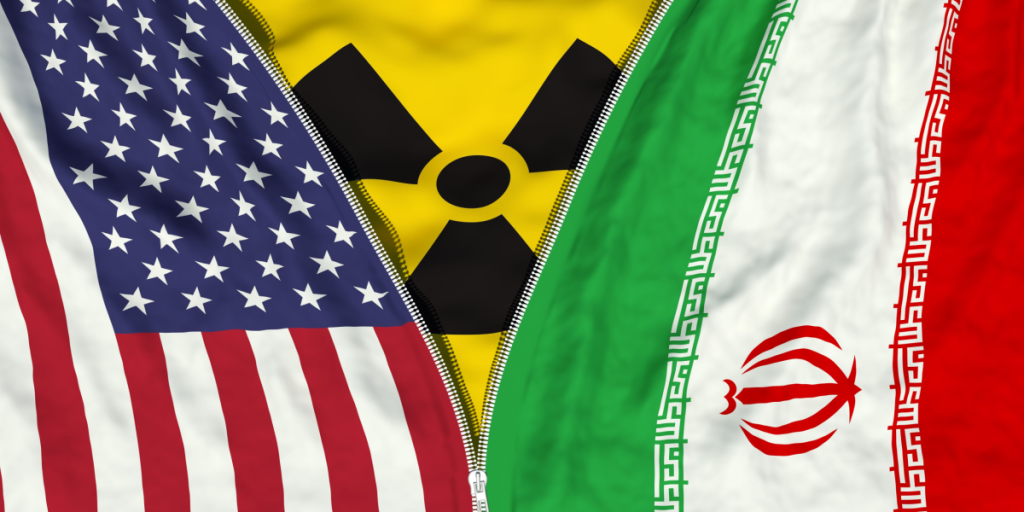It took only 25 minutes, but a total of 75 precision weapons were used in the strike against Iran’s nuclear programme.
Others are reading now
It took only 25 minutes, but a total of 75 precision weapons were used in the strike against Iran’s nuclear programme.
What is happening?

During the weekend, the US launched a surprise attack on Iran’s nuclear facilities in an opreation called “Midnight Hammer”.
Trump: A “spectacular military succes”

Acording the US President Donald Trump, the attack was a “spectacular military succes”, also claiming that Iran’s nuclear enrichment facilities to now be “completely destroyed”.
Doubts over effectiveness

However, during a press briefing, the Chairman of the Joint Chiefs of Staff, the nation’s highest-ranking military officer, Dan Caine, said that the first assessments of the damage done to the nuclear facilites show extreme damage.
Also read
He emphazised that the complete picture of the damage will take some time to verify, though.
But we do know HOW it happened
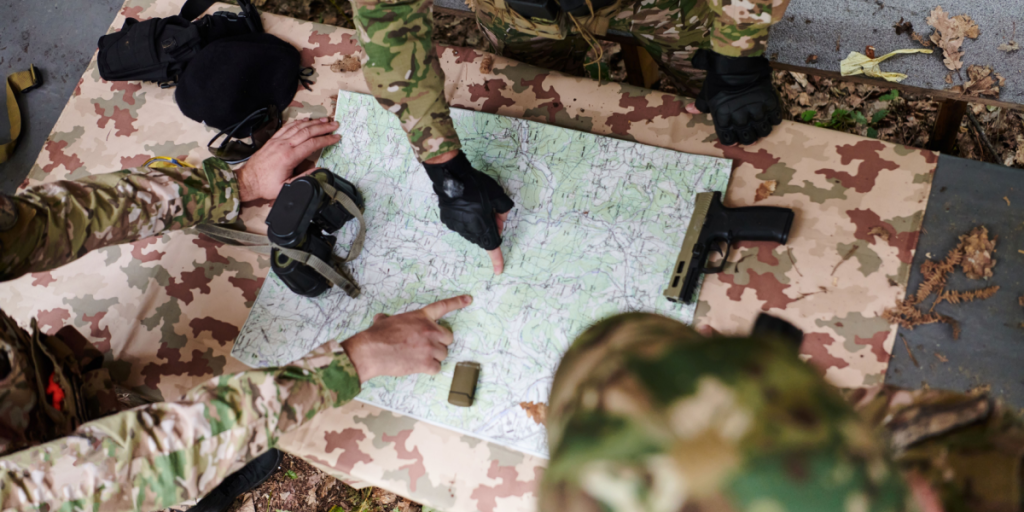
Even though the actual results of the attack are still being discussed, we do know how the attack was actually carried out.
So here’s a rundown.
When did it happen?

The strike happened during the night between Saturday and Sunday Iranian time, and the actual attack took only 25 minutes, according to US Secretary of Defense, Pete Hegseth.
He added, that the operation took months of planning.
The targets
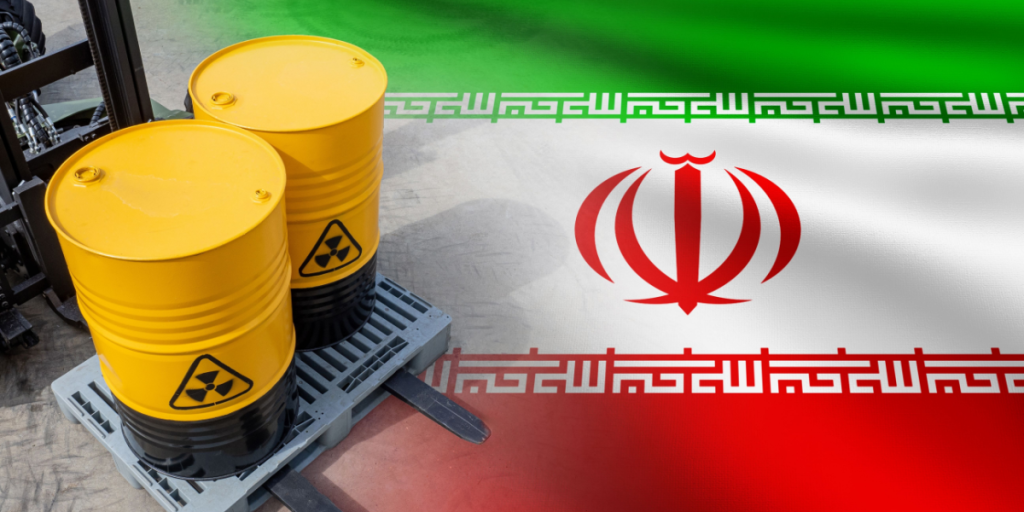
The operation targeted three Iranian nuclear facilities: Fordow, Natanz and Isfahan.
Especially Fordow is of interest, as it is suspected to be the site of more than 400 kilograms of enriched uranium buried 60 meters (200 feet) under ground.
75 precision weapons, 125 aircrafts
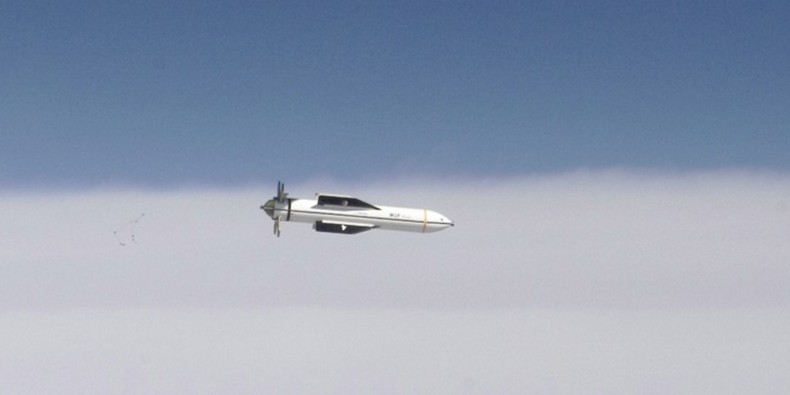
In all, 75 precision weapons were used in the operation.
14 of these were so called “bunker-busters”, weighing a staggering 13,6 tonnes each.
125 aircrafts were used in the operation, seven of which were the borderline mythical B-2 Bombers.
18 hours airborn
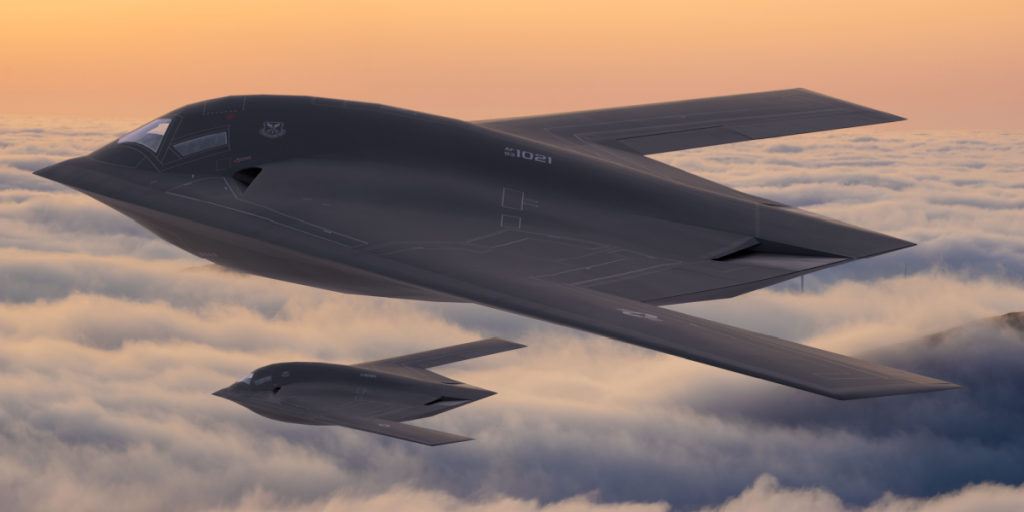
According to Pete Hegseth, seven B-2 Bombers took off from the US State of Missouri and flew for 18 hours to reach the targets.
During the flight, they were refueled while airborn.
The diversion
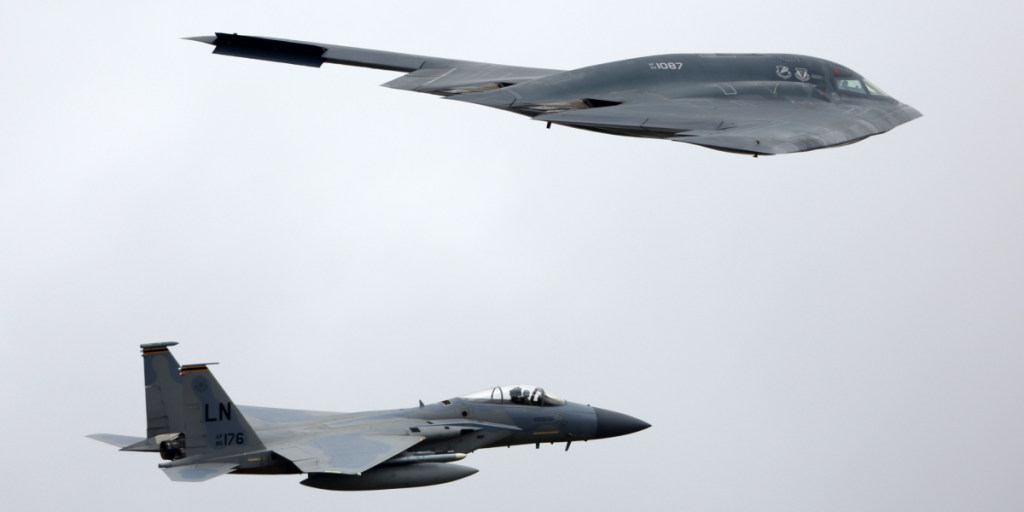
The Chairman of the Joint Chiefs of Staff, the nation’s highest-ranking military officer, Dan Caine also said during a press briefing that several other bombers of the same type were activated to create a diversion
Submarine involved
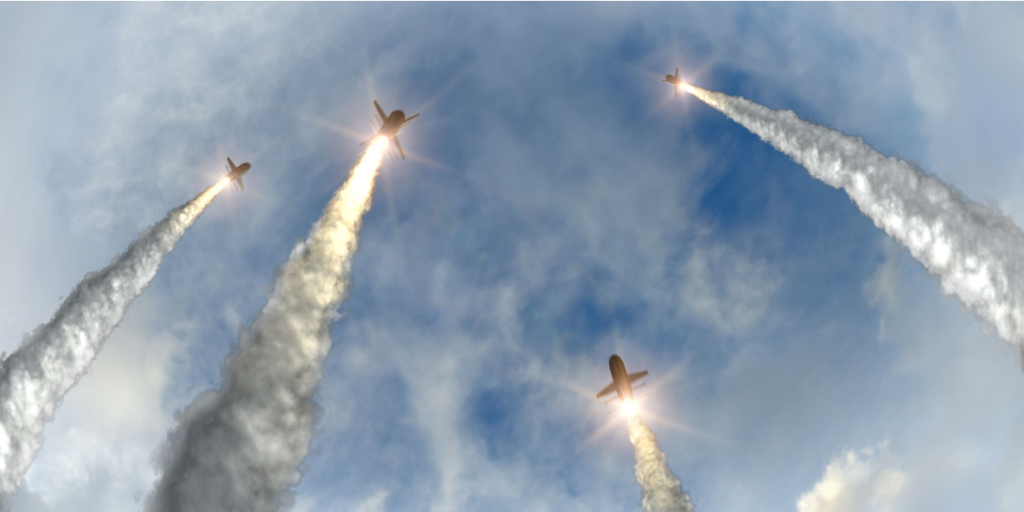
Just before the attack force reached Iranian airspace, a US submarine fired more then 24 Tomahawk Cruise Missiles targeting infrastructe above ground in Isfahan.
Decoys over Iran

After the launch of the Tomahawks, a number of decoy airplanes entered Iranian airspace.
They were meant to create a diversion along with other military aircrafts and to clear the path of hostile fighters and air defences.
The Bombs started raining
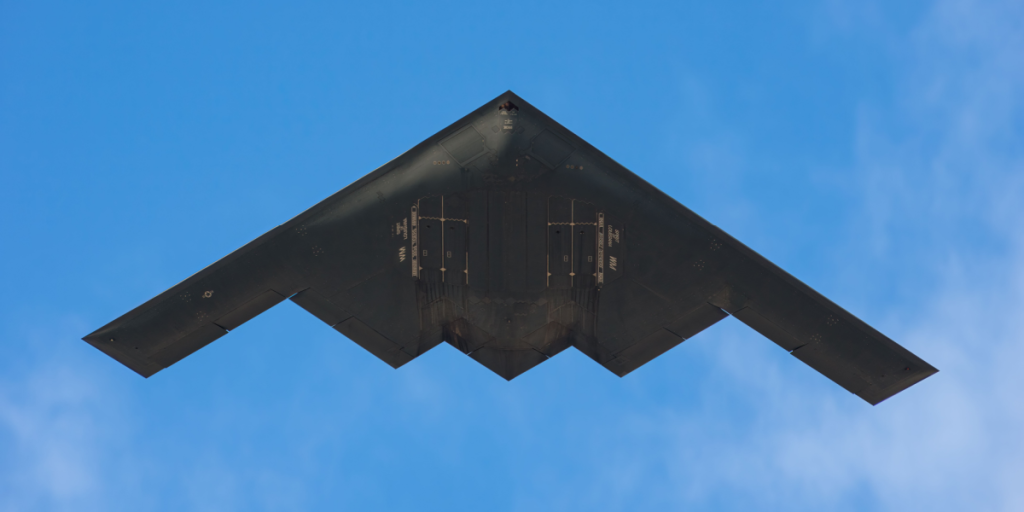
The first target hit was Fordow. At 2.10 AM local time, the first B-2 bomber dropped a GBU-57 “Bunker Buster”.
The weapon is designed to burrow deep into the ground before exploding, making it effective against underground targets such as bunkers.
14 Bunker Busters in total
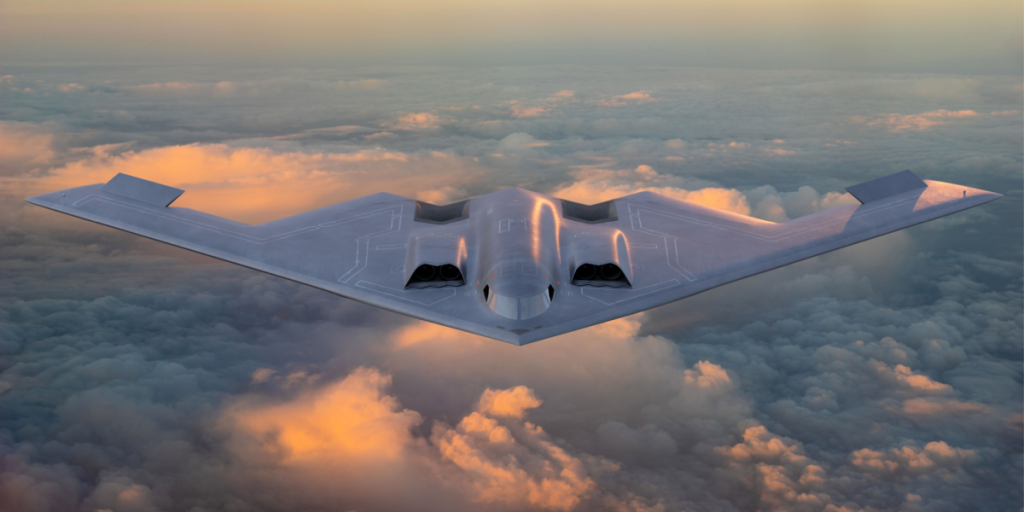
In total, 14 Bunker-Busters with a combined weight of 190 tonnes were dropped on the three targets.
It is the first time in history, this type of bombs have been used.
Done in 25 minutes

The surprise attack took only 25 minutes, according to Caine, and not a single retaliatory shot from Iranian forces were registered.
No Iranian fighters took off, and allegedly the Iranian air defence system did not detect the incoming attack.
After the initial bomb-drop, it took only 25 minutes, before the rest had been dropped.
Hard to assess damage

Dan Caine said that it is difficult to assess the damage done to the facilities, and that it will take som time to verify.
However, he added that the initial assessments indicate that all three sites suffered serious damage.
USA’s forsvarsminister, Pete Hegseth, kalder angrebet for historisk.
Military on high alert

Caine added that the US troops present in the region are still on “high alert” and fully prepared to react to any Iranian retaliation.

